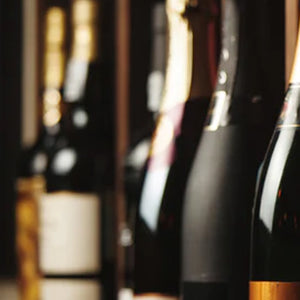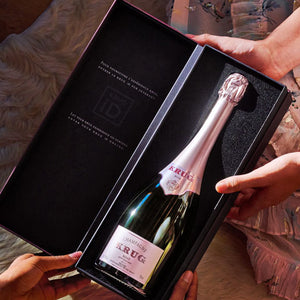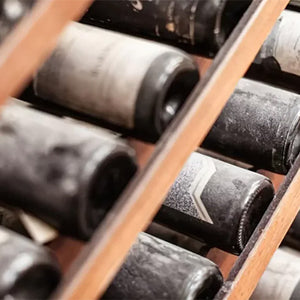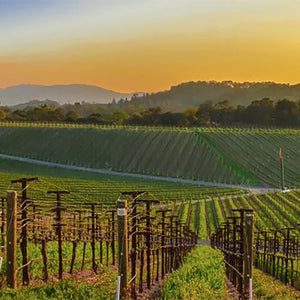
How to Start a Wine Collection
New year, new wine goals. If starting a solid wine collection is on your list of resolutions, our in-house Somm Team has got a few key tips to get you started. Contrary to popular belief, anyone—yes, you included—can begin laying down wines to revisit down the line, regardless of budget or space. Not sure where to begin? We’ve got your back. Check out the six tips below for a stress-free way to begin aging and collecting wine in the New Year (your future self will thank you later!)
Ensure Proper Storage Conditions
First and foremost, aging wine for long periods of time requires specific conditions, so as to ensure that the wine does not become flawed over time. These conditions include keeping wine at cellar temperature, away from light, and at 50-70 percent humidity.
For those with houses, these conditions can often be found / created in basements, garages, and other underground spaces. No house? No problem. Simply purchase a wine fridge that best fits your space / collection needs. Wine fridges range in size from six bottles all the way up to 200+, meaning there’s a wine-storage unit for residences of all sizes.
(Note: With regards to temperature, while many sources state that cellar temperature ranges from 45 to 65 degrees F, we tend to keep our temperature-regulated units between 50-60 degrees.)
Browse Our Fine & Rare Collection
Start With the Classics…
As much as we love exploring the unknown, when starting your collection, sticking to the classics is a great place to start. For our in-house Somm Team, this means Bordeaux, Burgundy, Northern Rhône, Piedmont, Tuscany, Napa, and other reputable regions. Don’t get us wrong – ageworthy wines are produced in basically every viticultural region around the globe, it’s just usually easier to find information on well-known producers and vintages from well-established “ageworthy” regions versus those which are newer.
…Yet Seek Out the Underdogs
However, sticking to the classic regions can often cost a pretty penny – that is, unless you seek out the underdogs. When looking for wines to collect from the regions listed above, we recommend seeking out budget-friendly options from up-and-coming producers from well-established regions, whose bottles may not garner the prices as those of their neighbors (that is, yet).
Reference Vintage Charts
While vintage charts certainly don’t have the final word, they generally provide a great point of reference for overall conditions. However, there are always regional and producer-based exceptions. For example, a vintage chart may give a certain number to the Côte de Beaune, though Volnay may have fared better than Pommard that year. Seek out the nuances and intricacies for a more accurate description; great information can also often be found on producers’ websites. (Note: Vintage charts are generally put in place for bottles meant for long-term aging, as the conditions speak to the wines’ structure / how they will evolve over time. For drinking in the short term, these charts will be less important.)
Browse Our Fine & Rare Collection
Consult a Trusted Sommelier / Wine Expert!
As always, seeking out expert advice from a seasoned sommelier or retailer is the best tool to keep in your back pocket. Have a question? Simply use the chat function on our homepage to get started. One of our in-house experts will get back to you in no time!




